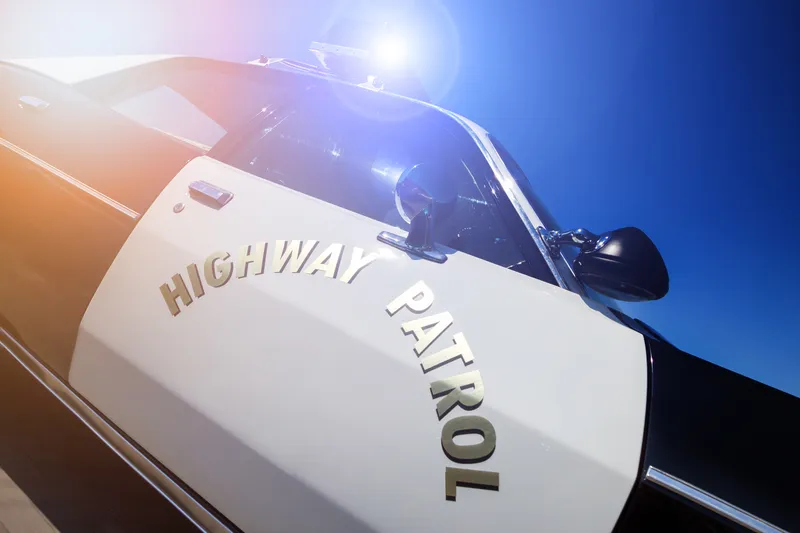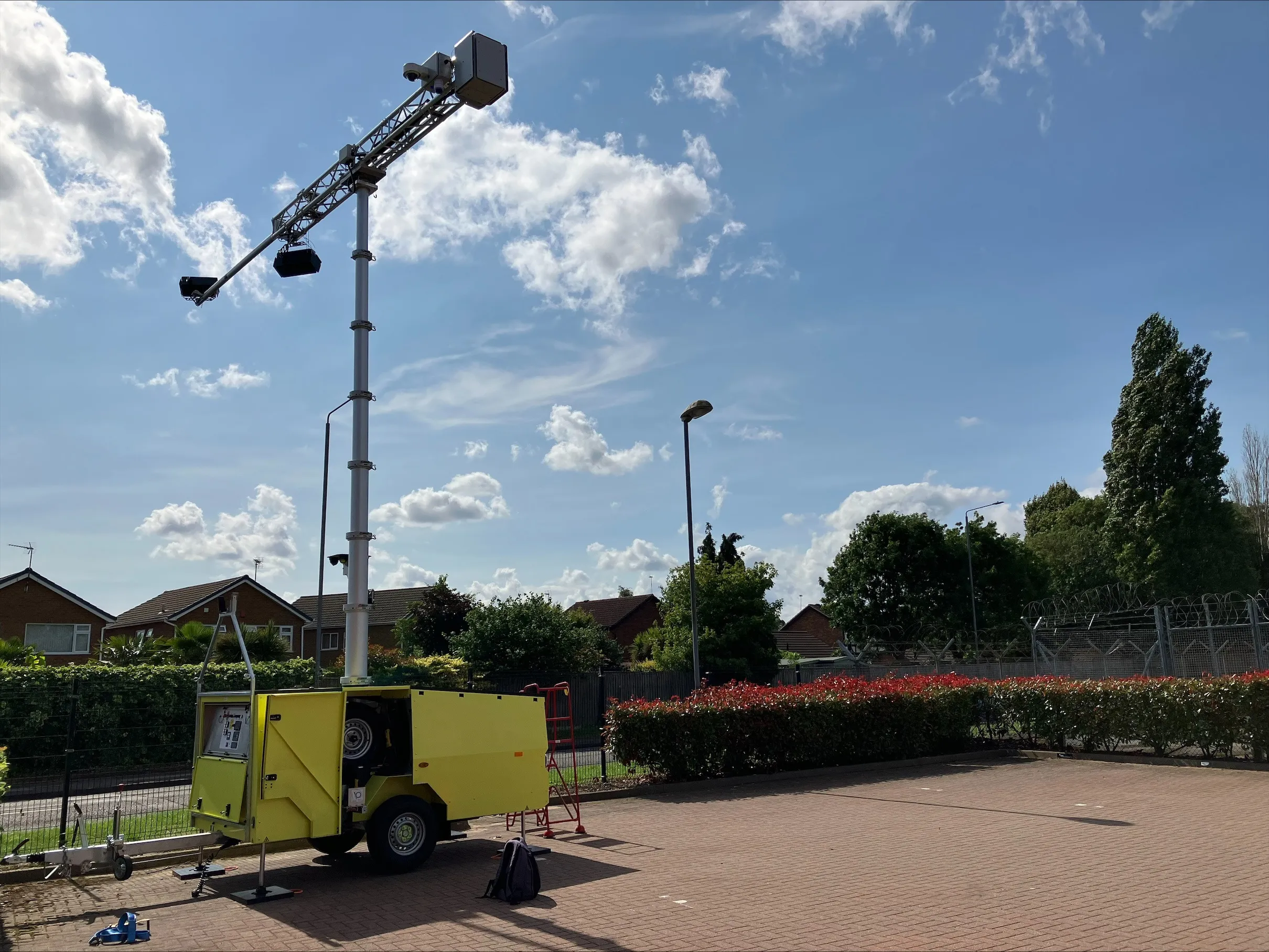
The first objective was to determine exactly where vehicles were entering the tollway in the wrong direction and evaluate what infrastructure or technology improvements could be implemented to prevent such events from occurring at these identified entry locations.
The project addressed the challenge of unique roadway geometrics and signage that motorists face on tollways, connecting freeways and state highways. One of these unique scenarios is present on the Westpark Tollway, where the absence of frontage roads requires tollway exit ramps to intersect atgrade with signalised intersections.
As a result, motorists face unique configurations and alignments along the corridor, which is atypical for the Houston region and Texas highways.
Project:
•Houston's Wrong Way Detection System
Cost:
• US$ 308,000
ROI:
• Incalculable!
Benefits:
• Nine potentially catastrophic accidents prevented
• A total of 18 wrong way drivers detected since October 2008
The life-saving benefits
HCTRA's Wrong Way Detection System became fully operational in October of 2008. Since that time, there have been 18 verified wrong way drivers.In nine of those events, the driver was stopped by a patrol unit.
In six of those nine cases the driver was arrested for driving while intoxicated.
In the other nine instances, the driver turned around and proceeded in the correct direction before a patrol unit could reach the vehicle.
How the system works
The detection hardware communicates via fibre-optic network to a customised software platform housed at the HCTRA Incident Management Centre (IMC), where each site is monitored 24/7 in real time for wrong way vehicles.Once a vehicle is detected, operators at the IMC are able to immediately dispatch law enforcement officers, monitor the vehicle's whereabouts via CCTV cameras seamlessly integrated into the software platform, and warn other motorists using dynamic message signs.
As HCTRA points out, it measures results by the number of lives potentially saved, and the results of this project are truly immeasurable. By having a system that can automatically detect wrong way drivers, the HCTRA Incident Management team has already saved the lives of countless individuals and a lifetime of tragedy for their families. Key to its success was the development of a means to notify law enforcement officers in real time of a wrong way driving event and its location, so that they can intervene to prevent a catastrophe. The notification process has been significantly enhanced as a result of this system being in place and automated alert systems that have been developed within the back-end software.
Since this deployment was the first of its type in the United States, a number of innovative aspects were incorporated, including sitespecific design, configuration, and communications dispatch and response protocols.
More mature
As the system has evolved and become more mature, HCTRA continues to innovate technologically to enhance the automation of the system. For example, a GIS-based video display wall map in the IMC shows the communication and hardware status of each site in real time.Customised software code communicates with each detector once per minute to confirm proper operation and also reverses the polarity of each detector, once every hour, to confirm that vehicles travelling in the correct direction are being detected. This belt-andsuspenders approach and active system management allows HCTRA to continuously confirm that each site has working communications and functional hardware.
A future secondary engineering phase will examine data collected from wrong way driving events to determine if additional signage, road markings, civil modifications or warning devices are needed to correct roadway configurations and help prevent future wrong way driving occurrences.
Automation enhancements
Additional software automation enhancements have also been developed since the commissioning of the system as areas for operational improvements have been recognised. One feature pans the nearest CCTV cameras towards the detection site once an alarm is activated so that dispatchers can track a wrong way vehicle and relay information to first responders.Warning messages conveyed to other drivers on dynamic message signs can also be displayed in automated incident response plans based on direction of travel and location of the detection.
Toll authorities are regularly confronted with unique operational issues and are required to solve problems without precedent to follow, which was exactly the case with the HCTRA wrong way detection system implementation.
Hopefully, this first-of-its-kind implementation will serve as a precedent not only for other toll agencies but for municipalities, state agencies, and federal authorities to use on local, state and federal roadways where the need for wrong way detection systems exists.
"We cannot prevent wrong way drivers; however, with this system our intention is to detect them, warn drivers of the hazard and hopefully get the vehicle stopped before a serious incident. We're not going to chase people on the wrong side of the road; using the system, we can dispatch deputies to a specific location where spike strips will be deployed to deflate the vehicle's tyres and get the vehicle stopped safely"
Incident Management Administrator, Asst. Chief Randy Johnson, Harris County Constable's Office, Precinct 5










